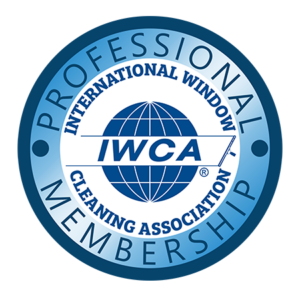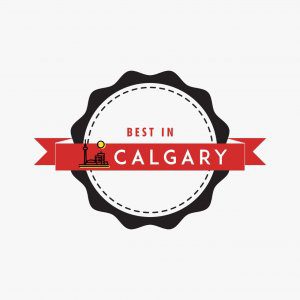Heritage Park
As Canada’s largest living history museum, Heritage Park Historical Village is one of Calgary’s most popular tourist attractions. The 127-acre (51 ha) park features exhibits that span western Canadian history from the 1860s to the 1950s.
Visitors can stroll through the reconstructed buildings including an aboriginal encampment, working smithy, bakery, hotel, and a Hudson’s Bay Company trading fort. There’s also a replica of Nellie McClung’s Calgary home that tells the story of influential women in Canadian history. Click here for more info.
1. Gasoline Alley Car Museum
The Gasoline Alley Car Museum is a colorful, vibrant two-story museum that brings auto history from the turn of the 20th century to the 1950s to life. The museum features Canada’s largest collection of restored gas pumps and one of the largest collections of restored trucks, on display in the lower showroom.
Local businessman Ron Carey generously donated these items to Heritage Park so that they could be put on display for public enjoyment while being properly maintained. The artifacts include vintage vehicles, unique gasoline pumps and many products and signage from a host of petroleum companies.
The museum is a great place for the entire family to explore and learn more about the automobile industry. The two-story museum consists of thousands of items including antique vehicles and oil and gas related artifacts.
2. Fur Trading Post & First Nations Encampment
The Fur Trading Post & First Nations Encampment in Heritage Park Calgary AB is one of Canada’s largest living history museums. It’s located on the grounds next to Glenmore Reservoir and showcases Western Canadian history from the 1860s to the 1950s in four different sections: Gasoline Alley Car Museum, a Fur Trading Fort & First Nations Encampment, a Pre-railway Settlement and a Prairie Railway Town.
The fur trade was a major economic development of Canada in the 1860s and Indigenous people played an important role in the early years of the trade. They were not only able to bring in furs, but they also made goods available to European traders.
The fur trade was also a way for European men to interact with Native peoples and build diplomatic relationships and trade links between the two cultures. In fact, many of the voyageurs were married to Native women. A great place to also visit is Calgary Zoo.
3. Prairie Railway Town
Heritage Park is a living historical village that stretches over 127 acres. The Park’s attractions and exhibits span Western Canadian history from the 1860s to 1950s.
The railway reshaped the lives of the Native and mixed-blood peoples in Western Canada by facilitating extensive settlement, immigration and commercial agriculture. Thousands of land parcels were owned along the right-of-way and railway ownership was the driving force in the development of towns and cities across the prairies.
At Heritage Park we recreate a typical prairie railway town from around 1910. Learn about the antique steam train system that spurred this development, explore several original train stations and tour renovated historic buildings ranging from elegant heritage homes to basic sod and log shacks.
The CPR’s second station was constructed in Calgary in 1884 and is an example of a “combination” station, which housed freight storage rooms, waiting areas and offices under the same roof. This wood two-storey structure was distinctive because of its three chimneys.
4. Town Centre
Located along the southwestern edge of the city, Heritage Park is one of Calgary’s most popular tourist attractions. This 127-acre (51 ha) park features a range of historical attractions that showcase Western Canada’s history from the 1860s to 1950s.
Throughout the park you can explore re-creations of historic buildings including schools, saloons, teepees and even a fur trading post. Staff in period costume provide historical insight and a sense of how people lived and worked during different periods.
The Town Centre is open year-round and encompasses a 1930’s town square with a variety of charming shops, enticing eateries and an interpretive microbrewery. This is a great place to relax and refuel after spending a day exploring the park’s historical attractions.
There are several restaurants that focus on old Canadian classics, as well as a new ice cream parlour and candy store. You can also find a number of unique souvenirs and gifts to take home. Next blog post.
Driving directions from Wipe Clean to Heritage Park
Driving directions from Heritage Park to South Glenmore Park






